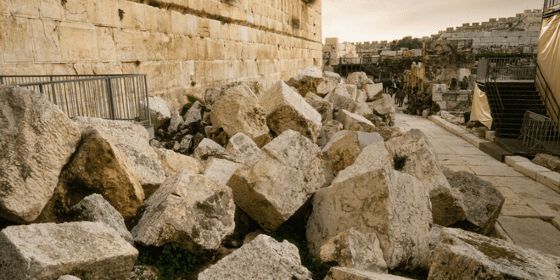
UNIV. OF GEORGIA STUDY: EDOM, NOT BABYLON, DESTROYED FIRST TEMPLE
This content is restricted to site members. If you are an existing user, please log in. New users may register below.
Babylon, Edom, Esau's descendants, Richard Elliott Friedman, Solomon's temple
